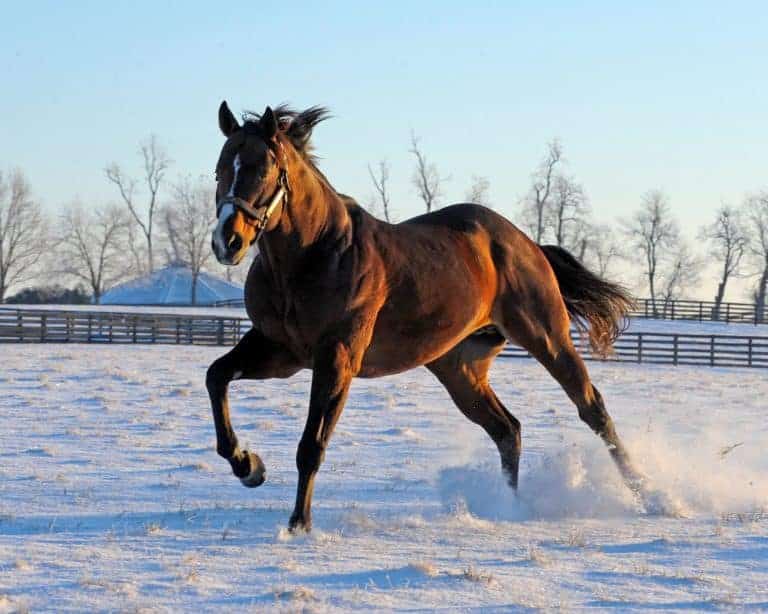Foot and Limb Deformities in Foals
Hunt discussed several limb and hoof deformities in foals and recommendations for correcting or managing them during the “Putting Science into Farriery” session at the 2008 Convention of the American Association of Equine Practitioners. One of his bi


















